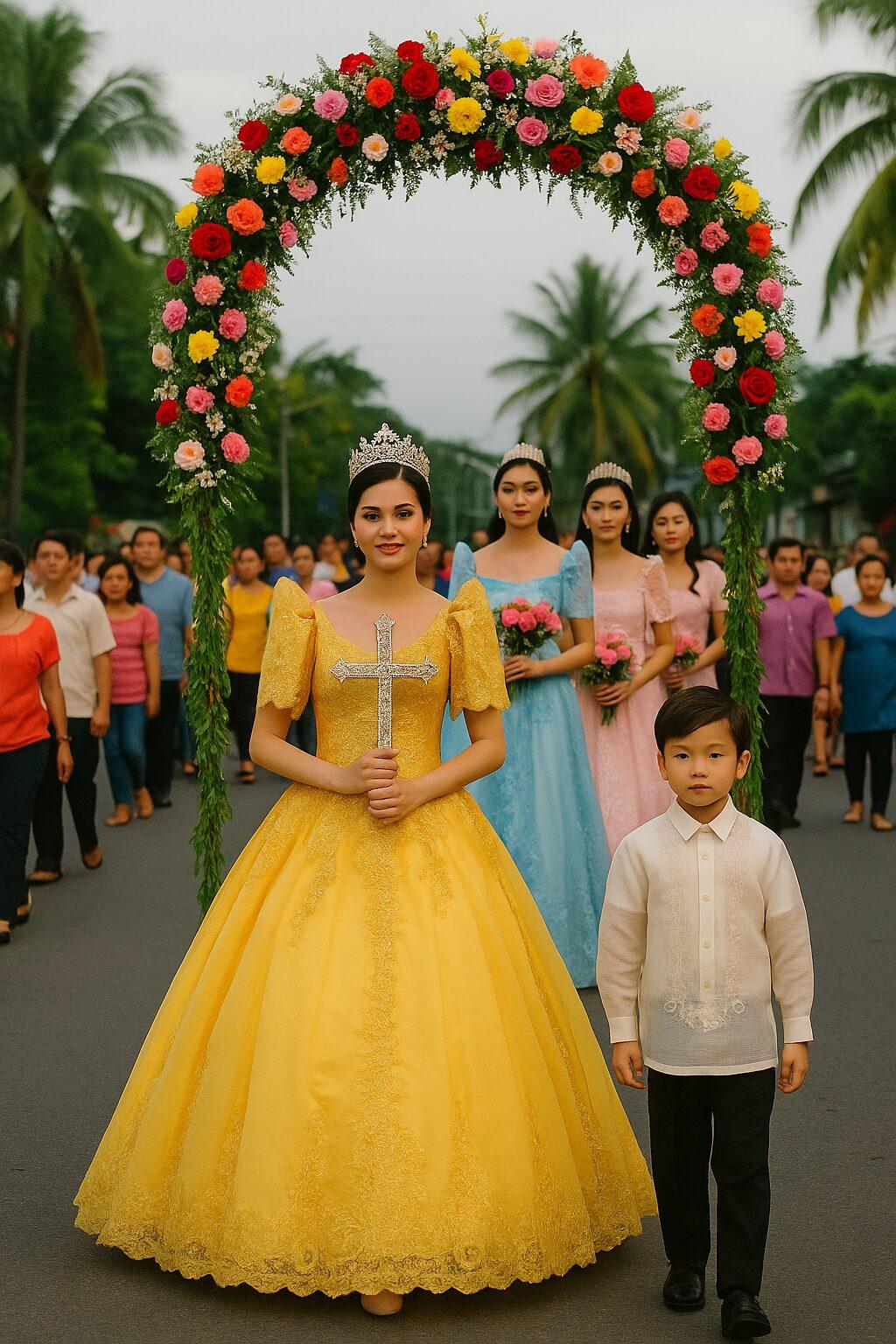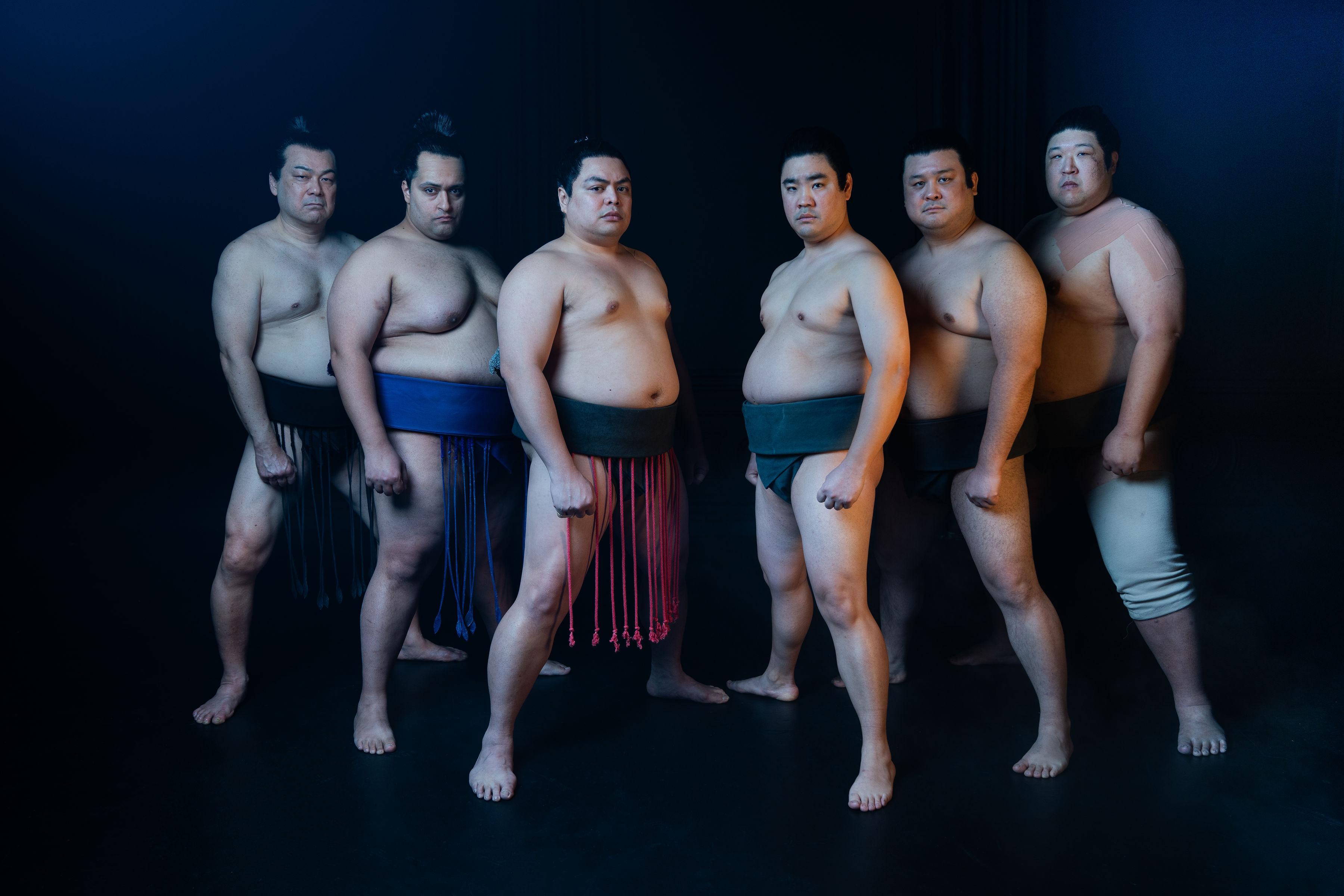In a country where Roman Catholics make up 81 percent of the population, it is no surprise that Filipinos have numerous traditional events during Holy Week. In the early days, these traditions and practices religiously for people to reflect on their sins and the sacrifice Jesus Christ has made. However, the onset of modern technology has introduced these traditions to other countries that they become more of a spectacle, with less emphasis on its significance. At present, these traditions are very much alive and practiced by Filipinos:
Palaspas
Palm Sunday is observed by Catholics in the Philippines every year. It is a festive event wherein churchgoers raise their “palaspas” or palm leaves into the air, waiting to be blessed by the presiding priest. When mass is finished, people take their newly blessed palm leaves home. Many attach them onto their windowsills and roofs. This is a Filipino belief that blessed palm can bring good fortune, as well as remove any negativity, in the household. Filipinos often keep the palm leaves till the next year.
“Pabasa”
One of the traditions during is the reading of religious texts or “pabasa.” The “pabasa” usually starts after the mass on Palm Sunday. But it is also organized on other days of the Holy Week.
The book of the passion of Christ is chanted in many different ways. The organizer of the “pabasa” prepares two books for the readers. One group of readers reads or chants one verse and the other group of readers reads or chants the next verse.
The “pabasa” can last all day and all night and are usually done next to a chapel, in a tent or “kubol.” In some places the best reader at a “pabasa” gets a small prize.
Most “pabasas” are public, organized for the whole community, but there are also private ones organized by families in their homes. They invite relatives or friends to join them.
A “pabasa” usually ends on or before Good Friday. What follows is the reading of “Siete Palabras” or the Seven Last Words of Jesus before he died on the cross. Everything is broadcasted on national television.
Moriones Festival
Provinces like Marinduque celebrate the Moriones Festival. The festival is a weeklong event that commemorates the miracle of Longinus, the Roman soldier who pierced the side of the crucified Jesus. Longinus was blind in one eye, and as blood gushed from Jesus’ body, a drop fell into his eye and restored his vision eventually making him a believer of Christ and an enemy of Rome.
‘Morion’ means mask, and was once a standard part of a Roman soldier’s helmet. Thus, colorful Roman costumes, painted masks and helmets characterize this uniquely Filipino festival. Apart from several parades, mask paintings, and processions, one of the most entertaining activities in the festival is a reenactment of Longinus’ story. Longinus runs around town, hiding inside houses and markets, climbing trees and lampposts, losing himself in the crowds of tourists just to escape the morions pursuing him. This festival culminates on Easter Sunday.
“Sinakulo”
“Sinakulo” are Lenten plays narrating the life, suffering and resurrection of Jesus Christ. To present the entire story, plays are held each night beginning from Palm Sunday to Easter Sunday.
“Visita Iglesia”
In the evening of Maundy Thursday, the Mass of the Last Supper is celebrated in churches all across the Philippines. After the Mass, the Blessed Sacrament is put in an Altar of Repose or “monumento.” After that churches remain open for visitors or as Filipinos would call it, the “Visita Iglesia.”
“Siete Palabras” or Seven Last Words
The main activity on Good Friday is the “Siete Palabras” or Seven Last Words, starting in churches from 12 noon and ending at 3 p.m. when Jesus died. Then there would be a three-act liturgy, and a procession of religious images at the end. The religious images are often veiled in black and carried through towns in carrozas (carriages). Its highlight would be the image of the dead Jesus.
In the evening, the Soledad Procession commences. The highlight of this procession would be the search of Jesus by the tres marias (Three Marias, referring to Maria Magdalena, the sinner turned saint; Maria Cleofe, mother of the apostle James the Younger; and Maria Jacobe, mother of the apostles James the Greater and John).
“Penitensya”
Many Filipinos also participate in taboo practices, which the Catholic Church prohibits and does not endorse. These include “penitensya” or self-flagellations and crucifixions. Especially in the province of Pampanga, devotees re-enact Jesus’ suffering by having themselves nailed to crosses.
This Kapampangan tradition began in 1955 after writer Ricardo Navarro came up with the play narrating Jesus’ story, and the actual crucifixions followed in 1962. Many also dress up as Jesus Christ, walking barefoot, and carrying life-size crosses around town for the entire day. In “penitensya,” hooded men whip their backs as a form of repentance for their sins. Thousands of locals and foreign tourists flock to see this extreme Filipino tradition every year.
“Salubong”
On Easter Sunday, Filipinos celebrate the “Salubong,” a 4 a.m. vigil commemorating the meeting of the Mary and the Risen Jesus. It is also a welcoming rite for the Son of God.
The image of Mary will be brought to the image of Christ at a local church, where people throw flower petals and sing songs of glory. Everyone is happy that Jesus is alive again, and families celebrate by preparing feasts. (AJPress)
- Above the Clouds: The Triumphs and Tragedy of Filipino Climbers on Everest
- President Marcos Positions Philippines as Key Regional Leader Ahead of 2026 ASEAN Chairmanship
- Philippines Weighs Financing Options for $5.58B F-16 Fighter Jet Deal Amid Defense Prioritization
- Ex-Congressman Teves in NBI Custody Over Murder of Former Negros Oriental Governor Roel Degamo
Back To Top





